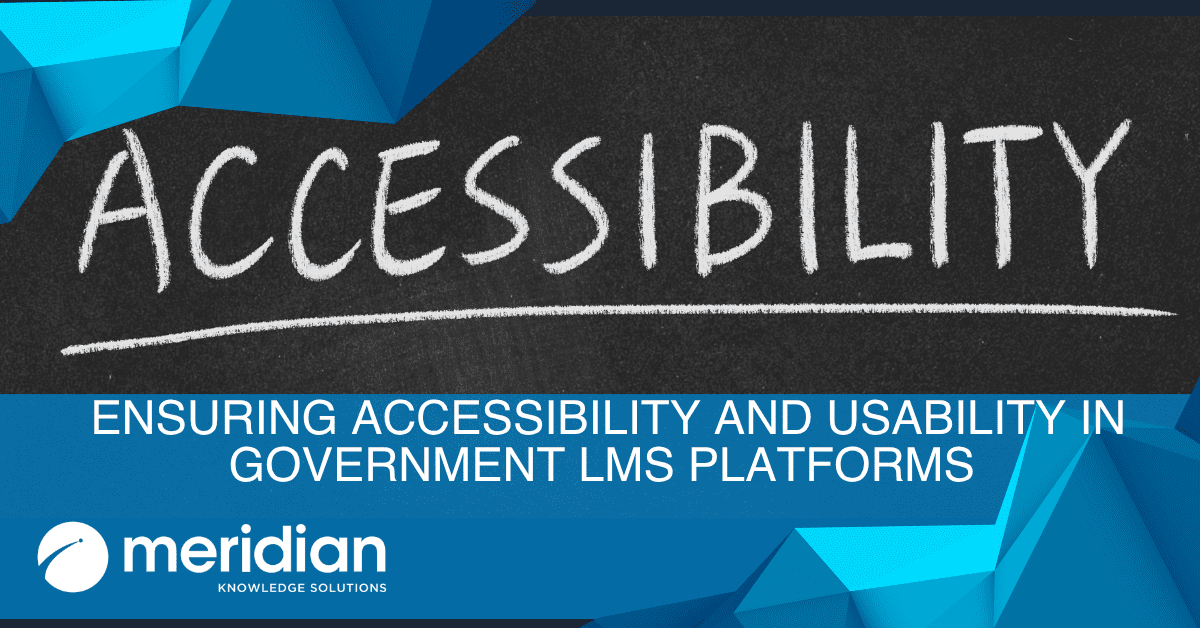
Data-driven insights are no longer optional in today’s learning environment—they’re essential. Without the right reporting capabilities, organizations struggle to identify barriers to learner success, maintain compliance, and make informed decisions that improve learning outcomes.
While most LMS platforms come with a set of out-of-the-box reports, these reports rarely answer every question. Administrators often need to modify existing reports, create new ones, add custom fields, or automate delivery. The challenge lies in finding an LMS reporting engine that is flexible, intuitive, and powerful enough to meet evolving needs—without requiring specialized technical skills.
When evaluating LMS reporting tools, these are the 10 essential features your organization should look for.
Out-of-the-box reports offer a helpful starting point, but they rarely provide everything administrators need. A strong reporting engine should allow users to:
Modify standard reports without coding
Save custom versions for future use
Build ad hoc reports that are readable and simple to configure
Create dashboards tailored to specific departments or programs
Administrators shouldn’t need a statistics degree—or IT support—to get the insights they need.
Every organization tracks unique data points. Your LMS should allow you to:
Create custom data fields
Filter reports using both system and custom fields
Layer multiple filters to refine insights
Personalize views based on your specific learning programs
Custom fields ensure the LMS reporting engine reflects the realities of your organizational structure and training model—not the other way around.
xAPI offers powerful advantages beyond what SCORM can provide. Because it supports modern, flexible data collection, xAPI allows you to:
Track learning experiences inside and outside the LMS
Capture richer analytics from surveys, simulations, apps, videos, and external tools
Understand learner behavior with far greater detail
Feed insights back into personalized learning paths
xAPI transforms reporting from static snapshots into dynamic, behavior-driven intelligence.
A powerful reporting engine exposes the right data fields—and makes them easy to work with. Administrators should be able to see:
Which fields are available
How fields relate to one another
Whether fields can be transformed or extended
Which data can be joined for deeper analysis
The more accessible the data, the easier it is to build meaningful reports.
Raw data rarely tells a complete story. Formula-based columns allow users to:
Calculate KPIs directly within the reporting engine
Combine data fields to reveal trends
Build meaningful insights without exporting to Excel
Standardize metrics across roles or departments
This is essential for organizations tracking performance, compliance, or ROI.
Your reporting engine should support trend analysis—without requiring SQL mastery. Administrators should be able to:
Visualize changes in skills, completions, or scores
Compare performance across time periods
Track compliance rates month-over-month or year-over-year
Identify early warning signs before issues become critical
Trend data turns isolated metrics into actionable insights.
Data is most powerful when shared. The LMS should make it easy to:
Build visual dashboards for leadership, managers, or instructors
Add charts, graphs, and KPIs
Embed dashboards in portals or internal systems
Provide real-time visibility to the right stakeholders
Dashboards turn complex data into actionable intelligence.
Set it once—receive it every week. Automated report scheduling should:
Deliver reports on a recurring schedule
Send insights to key stakeholders automatically
Ensure leadership receives ongoing compliance or performance snapshots
Reduce manual work for administrators
Automation keeps reporting consistent, accurate, and timely.
Not everyone should see everything. Your reporting engine needs:
Role-based access controls
Ability to share reports with managers who only see their teams
Department-level visibility for program owners
Secure sharing options for leadership
This ensures data integrity and privacy while empowering stakeholders.
Reports often need to be shared with leadership, auditors, or external partners. Your LMS should allow you to:
Apply brand colors, logos, and formatting
Add callouts or explanations
Export polished, presentation-ready reports
Standardize formatting across the organization
You shouldn’t need a graphic designer—or extra software—to produce a professional, branded report.
Every organization’s reporting needs are unique, and they grow more complex every year. To keep up, you need a reporting engine that is:
Easy to use
Flexible
Extensible
Governed
Capable of handling advanced data needs
xAPI and modern analytics tools bring big-data capabilities to the LMS, making it possible to deliver personalized training at scale.
Your reporting engine should empower administrators—not overwhelm them.
An effective reporting engine helps administrators modify, create, automate, and share reports without requiring IT support or advanced technical skills. The right LMS gives organizations full control over how they capture, analyze, and present data—ensuring leaders always have the information needed to make confident decisions.